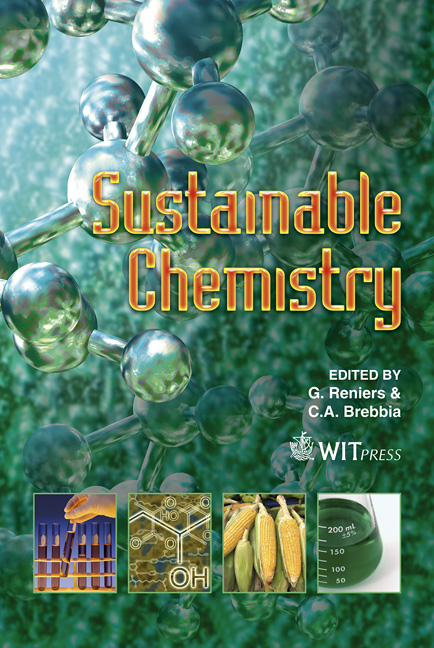Advanced Technique To Reduce Emissions Of Fine Particulate Matter Using Ultrasounds
Price
Free (open access)
Transaction
Volume
154
Pages
10
Page Range
61 - 70
Published
2011
Size
660 kb
Paper DOI
10.2495/CHEM110071
Copyright
WIT Press
Author(s)
B. Bergmans, M. Dormann, F. Idczak, S. Petitjean, D. Steyls & B. Vanderheyden
Abstract
Ever stricter air quality standards force all activity sectors to take measures to reduce the emission of particles. In the past, dust measurements at stack mostly referred to Total Suspended Particles (TSP), but nowadays there are more and more concerns about the finest fractions. Indeed, when inhaled, small particles can go deeply into the lungs and are thus the most toxic ones. Particulate Matters (PMs) are generally classified in different fractions regarding their size (PM10/PM2.5/PM1/UFP). A new European standard (ISO 23210) dealing with PM measurements in stacks has been released in 2009 and abatement impositions are expected within short delays. In the framework of various research projects the Centre for Research in Metallurgy (CRM) and its partners are studying the possibility to comply with stricter PM regulation by improving the collection efficiency of existing dedusting systems, in order to avoid expensive investments in additional abatement means. One idea is to agglomerate fine dust particles together or onto coarser ones by applying ultrasounds to the dust laden waste gas flow, upstream of the dedusting unit. This should facilitate the fine dust collection, whatever the considered dedusting technique. The feasibility of this concept has been studied at laboratory scale on a specific pilot for different industrial processes. Specific measurement techniques have also been developed to measure in real time the effects of ultrasounds on the various size fractions. For the moment the abatement reaches already up to 40% for the smallest particles (PM2.5 and PM1), making this system very attractive. Optimization of the method is still under progress. Present activities deal with ultrasounds frequency, acoustic chamber design and up-scaling modelling. Keywords: ultrasounds, abatement, particles, PM, pre-treatment.
Keywords
ultrasounds, abatement, particles, PM, pre-treatment





